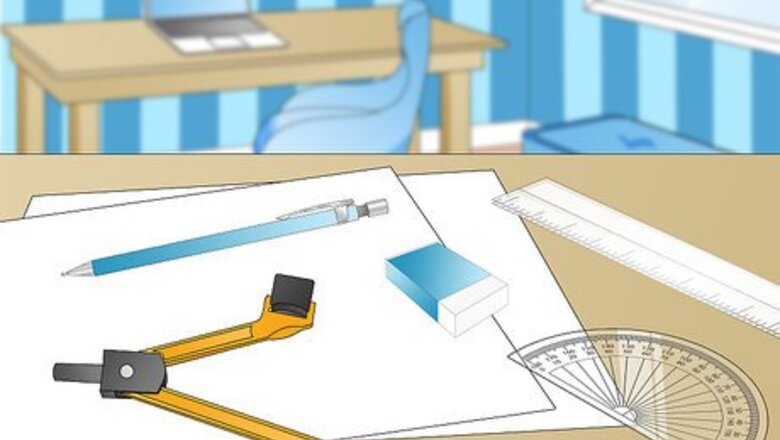
views

Get the stuff you need. You will need: A large piece of paper. A set of giant compasses. A 30 cm (or larger) ruler. A protractor. A pencil and an eraser. The co-ordinates of the stars that you want on your chart - available online.
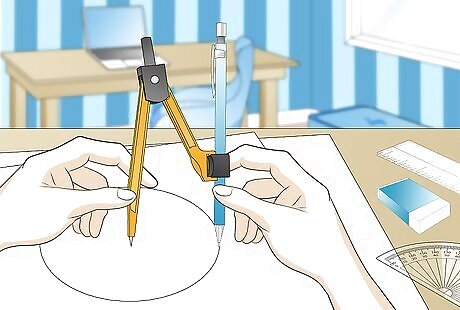
Draw a big circle. If your paper is large enough (and I'm assuming it is) draw a circle with a radius of one foot.
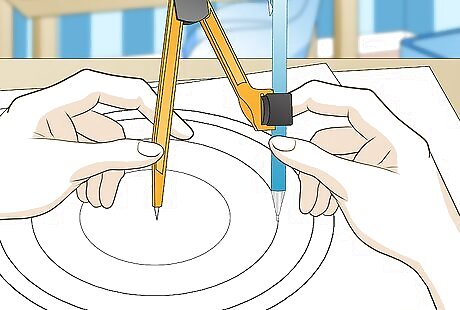
Draw concentric circles. The circles should have radii of 1 inch, 2, 3, 4, 5, 6, 7, 8, 9, 10 and 11 inches, and the centres should be in the same place as the centre of the big circle.

Draw radii. From the centre of the circle, draw six radii, at 0 degrees, 60, 120, 180, 240 and 300 degrees.
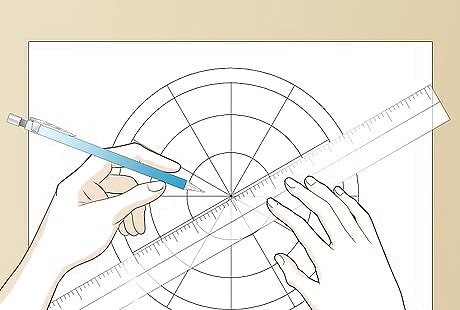
Draw six radii from the edge of the 1 inch circle to the edge of the one foot circle, at 30 degrees, 90, 150, 210, 270 and 330 degrees.
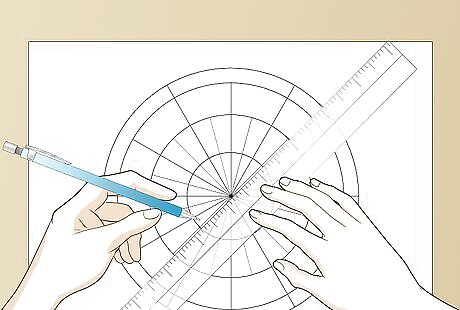
Draw twelve radii from the edge of the 2 inch circle to the edge of the one foot circle, at 15 degrees, 45, 75, 105, 135, 165, 195, 225, 255, 285, 315 and 345 degrees.
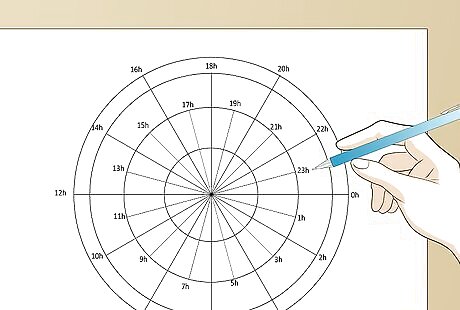
Mark on the co-ordinates. Where the 0 degree radius meets the one foot circle, write 0h. Going clockwise (anticlockwise if you are mapping the southern hemisphere), the other radius-circle meeting points are 1h, 2h, 3h, and so on, up to 23h. These are now the names of the radii, e.g. the 15h radius. At the point where the radii meet, in the middle, write 90. If you're mapping the northern hemisphere, write +90, southern hemisphere: -90. Moving outwards, label the circles as +80, +70, +60, +50, +40, +30, +20, +10, 0, -10, -20, and the outer circle should be -30. If you're mapping the southern hemisphere, change + to - and - to +.
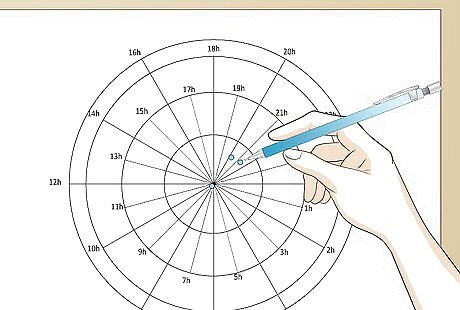
The co-ordinates of stars are given as declination, in degrees, and right ascension, in hours. You can find the co-ordinates on the internet. To plot a star, start at the middle. Move outwards, along the 0h radius, until you are at the correct declination. Then, move clockwise until you are at the correct right ascension. Draw a dot to mark the star. You may wish to connect the stars in each constellation so that you can see the patterns.
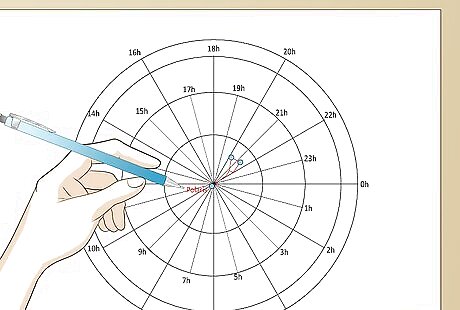
If you have enough space after plotting the stars, you can write information about each one next to it. If you can, write the star's magnitude (how bright it is), name and designation.

Now it's time to use your star chart. Firstly, you need to find some stars that you know, so you can find them on your chart. For northerners, I'd recommend the big dipper or Cassiopeia. For southerners, I'd recommend Carina or Centaurus. Once you've found where you are on the chart, it will show you where other stars are, in relation to the ones you've found.











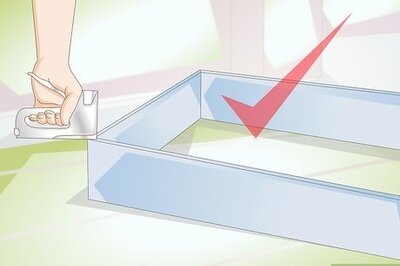



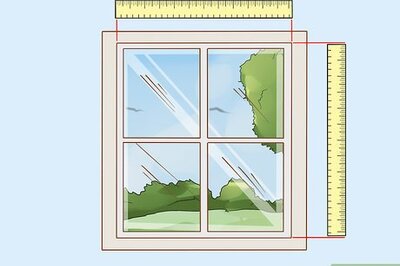

Comments
0 comment